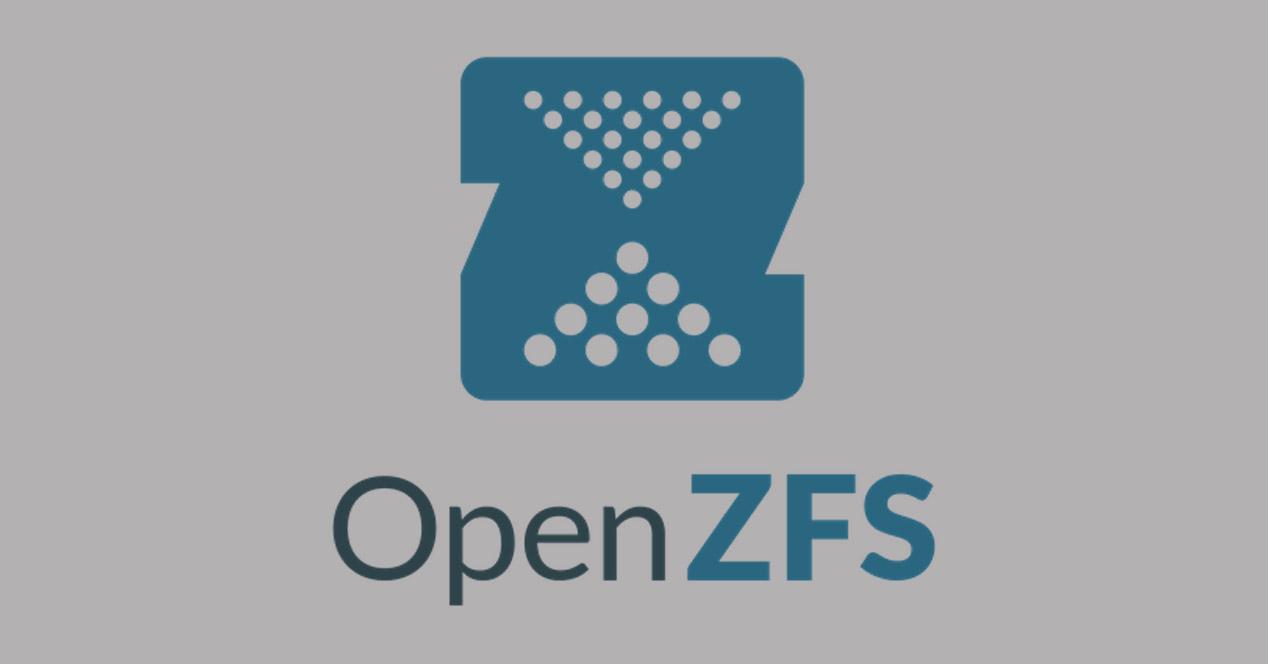

It is recommended to use more than 1 whole disk to take advantage of full benefits, but it's fine to proceed with only one device or just a partition. Many disks can be added to a storage pool, and ZFS can allocate space from it, so the first step of using ZFS is creating a pool.

Install the linux-headers- package to always have the latest linux headers installed (analog to the linux-image- package). The modules will be built automatically only for kernels that have the corresponding linux-headers package installed. If automatic installation of Recommends is disabled it is also necessary to install zfs-dkms. Future updates will be taken care by apt. It's fine to combine everything in one command but let's be explicit to avoid any chance of messing up with versions. The given example has separated the steps of installing Linux headers and zfs. When configured, use following commands to install the packages: apt updateĪpt install -t buster-backports zfsutils-linux Upstream stable patches will be tracked and compatibility is always maintained. Also, it is recommended by Debian ZFS on Linux Team to install ZFS related packages from Backports archive. It is necessary to add the contrib section to your apt sources configuration to be able to get the packages. ZFS on Linux is provided in the form of DKMS source for Debian users.



 0 kommentar(er)
0 kommentar(er)
